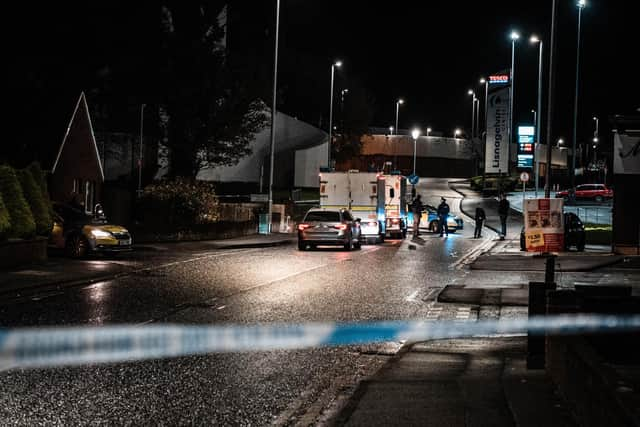PSNI investigating claim Arm na Poblachta were behind thwarted bomb attack on Derry police station
and live on Freeview channel 276
Detective Chief Inspector Logue said: “Detectives from the Terrorism Investigation Unit are investigating a claim of responsibility that Arm na Poblachta (ANP) was responsible for a vehicle hijacking and subsequent security alert in the Waterside area of Derry/Londonderry on Sunday November 20.
“We are keeping an open mind and the investigation continues. Anyone with information is asked to contact us on 101 quoting reference number 1664 20/11/22. Information can also be provided to Crimestoppers anonymously on 0800 555 111 or online at www.crimestoppers-uk.org.”


Advertisement
Hide AdAdvertisement
Hide AdThe group has claimed responsibility for a number of incidents over recent years including the planting of a roadside bomb in Belfast in November 2017 and an attempted bomb attack on police near Dungiven on March 12 of this year.
Professor Marie Breen-Smyth, in the 14th independent report of the reviewer of justice and security in the north published in June, stated: “The most significant of dissident republican (DR) groups are the new IRA and the Continuity IRA (CIRA) whilst other smaller groups Óglaigh na hÉireann (ONH), Arm na Poblachta and the Irish Republican Resistance (IRR) are, or have been at one time, active.
"Some of these groups also target police and prison officers and members of the armed forces on a regular basis.”
Prof. Breen-Smyth added: “DR attacks have involved firearms or small IEDs such as pipe bombs and, in the past, larger and potentially more lethal devices such as vehicle borne IEDs and explosively formed projectiles (EFPs).”
